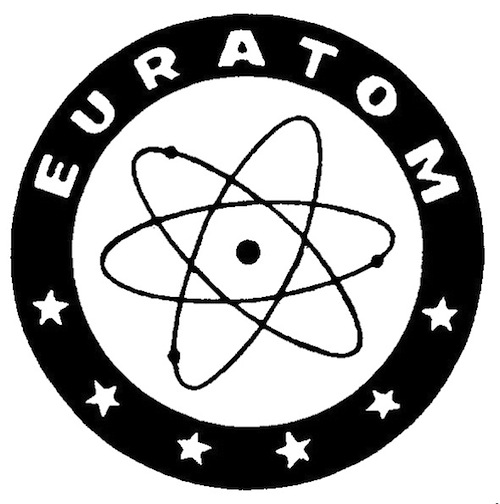The 20th century’s claim to fame was top-down centralization. We watched TV, listened to the radio, borrowed money from banks, and elected politicians.
The 21st century model will very probably be composed of collaborative, distributed horizontal power structures that empower all actors to participate. What Rifkin calls “lateral power”.
He demonstrates how to grow the economy in the 21st century in the last stages of an energy era (i.e. oil and nuclear) while dealing with old economic powers.
The model student: Germany
In his book, The Third Industrial Revolution (TIR), Jeremy Rifkin descibes how Chancellor Angela Merkel, when elected in 2007, clearly saw that Germany was a good candidate to transition to a TIR. Her bet: since power is decentralised in Germany, Germans already work within a framework where lateral power can thrive.
Germany has since become the European leader of this revolution: in August 2011, they passed the 20% mark of renewable energy. More than 1 million buildings have been converted into become green power plants, 250,000 jobs have been created; and all in spite of the fact that green energy only makes up for 10% of their energy production. (Read Huffington post’s article for more insight).
Will France “adopt or die”?
At his press conference, Jeremy Rifkin urged France to join Germany, to lead the European Union’s TIR. He regretted that it hadn’t yet to this day.
France and Germany built the European Community in the 1950’s to deal with energy issues and to cooperate through, for example, Euratom (nuclear) and the European Coal and Steel Community. Today, Germany is alone tugging the European Union towards a new energy era. Why is France sticking to past visions, instead sharing leadership towards a new era?

Why? Because France is an extremely centralized country across the board: in education, politics, news, and transportation systems, to name a few. Paris is where all decisions are made. France is also a country with a nuclear mind-set that is opaque, hierarchical, and centralized.
What will happen to a country trapped in a 20th-century worldview? One of Rifkin’s answers to another question about companies says it all: “Adopt or Die”. If they don’t do it, others will. Already today, new companies are bringing together the actors that contribute best to moving towards a TIR.
When he said “adopt or die”, the question rang in my head: will France “adopt or die”? If we leave it up to our traditional politicians stuck in the 20th century…Well, I have little faith.
That said, I do have faith in the collaborative economic model as its actors work to offer solutions in sync with our times. Lateral power – meaning all of us – must support their efforts and contribute to them.
But the question “…but will France be too slow due to its centralized organization?” still lingers at the back of my mind…

All Masterplans developed using the TIR model are opensourced and accessible here.









